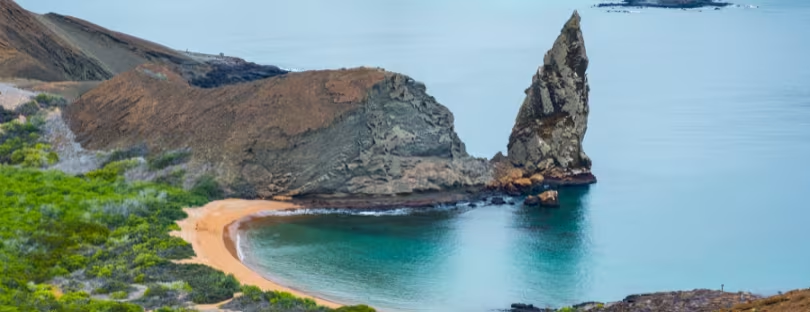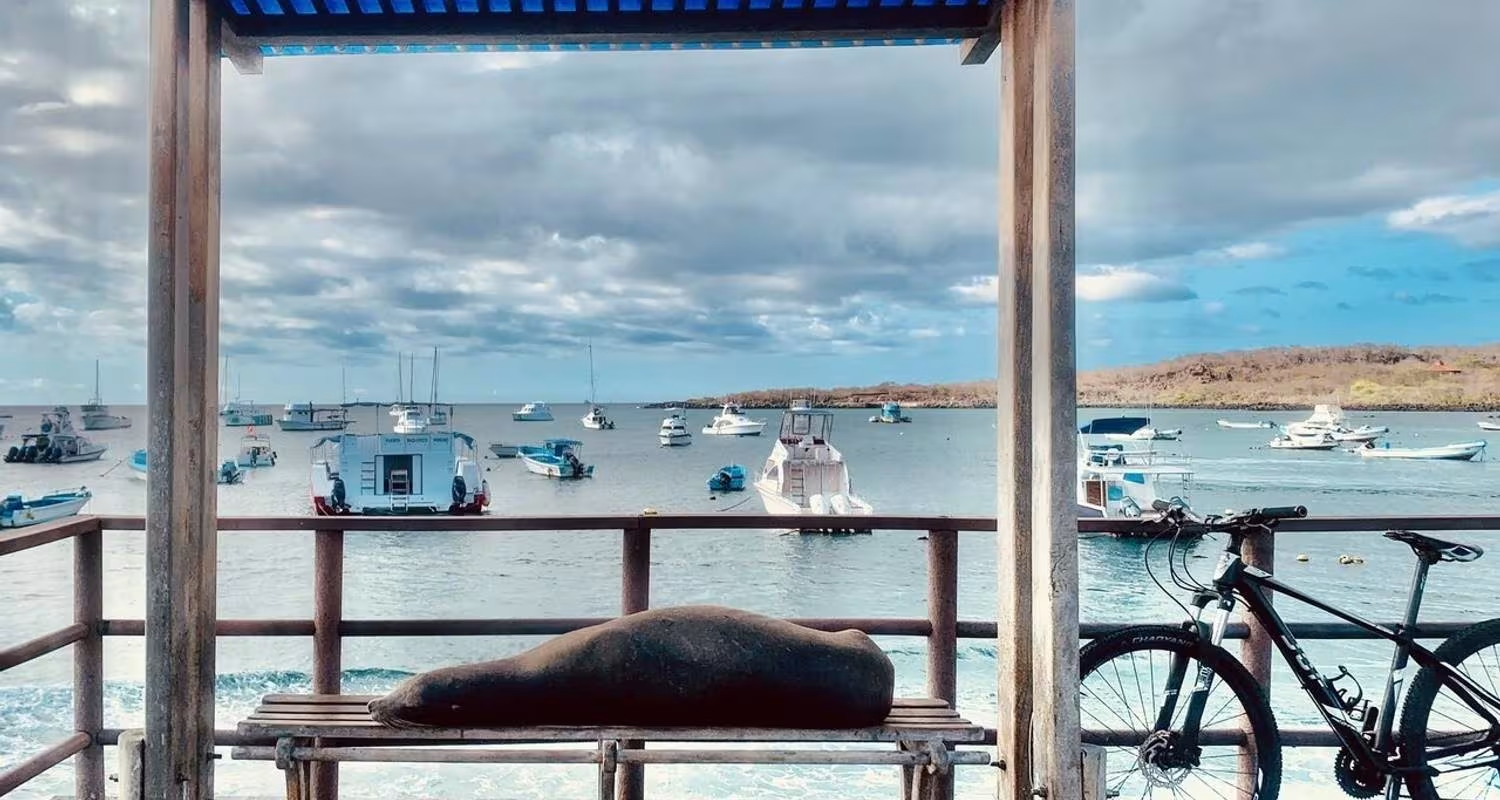Okay, let’s talk about the Galapagos Islands. You know, that wild place you might remember from high school biology class because of Darwin and his finches? Yeah—those islands. But let me tell you, the Galápagos are way more than just a science textbook destination.
This little pocket of volcanic islands floating off the coast of Ecuador is one of the most mind-blowing places you’ll ever experience. It’s like stepping into a nature documentary where you’re not just watching—you’re in it.
First Things First: Where Are the Galapagos Islands?
The Galápagos Islands are about 1,000 kilometers (620 miles) off the coast of Ecuador. Made up of 13 major islands and a bunch of smaller ones, they sit in the Pacific Ocean like nature’s secret experiment that somehow got leaked to the world.
What makes them special? In short: isolation. These islands have been doing their own thing for millions of years, which means the animals here evolved in some pretty unique ways. You’ve got marine iguanas that swim like fish, giant tortoises that look like something from Jurassic Park, and birds that forgot how to fly because, well, they didn’t really need to.
You Don’t Go to the Galápagos for the Luxury—You Go for the Magic
If you’re dreaming of infinity pools and beach clubs, this ain’t it. The Galápagos aren’t about flashy resorts or wild nightlife. Instead, it’s about being totally humbled by nature. And honestly, that’s the charm.
You can choose between staying on land (on islands like Santa Cruz or San Cristóbal) or hopping on a boat cruise that takes you island to island. Either way, you’ll spend your days snorkeling with sea lions, watching blue-footed boobies do their adorable mating dances, and seeing creatures that exist nowhere else on Earth.
The Galapagos Islands in Ecuador were named the champion destination among thousands of US and Canadian voters in the Exodus Adventure Travels Ultimate Travel Showdown.
So… What Can You Actually See There?
Let’s break this down. These are just a few of the “holy crap, is this real life?” moments you’ll likely have:
-
Giant Tortoises: The OGs of the islands. They live for over 100 years and can weigh up to 500 pounds. Watching them slowly amble around is strangely peaceful—and yes, you’ll probably start imagining they have deep life advice to share.
-
Marine Iguanas: These guys are the only lizards on Earth that can swim in the ocean. They look like little dragons and love sunbathing on black lava rocks. Weird and wonderful.
-
Blue-Footed Boobies: Their name makes you giggle, and their bright blue feet are even funnier. When they start dancing (yes, they actually do a courtship dance), it’s like watching a clumsy romantic comedy in bird form.
-
Hammerhead Sharks: If you’re into diving, this is your moment. The waters around the Galápagos are teeming with marine life, and diving here is like plunging into another universe.
-
Sea Lions: These guys are the true show-offs of the Galápagos. Playful, curious, and totally unbothered by humans. They’ll swim alongside you, nap next to your towel, and generally act like they own the place.
The Galápagos Rules (and Why They Matter)
One thing you’ll notice right away is how strict everything is. You can’t just wander off on your own or touch animals or take a shell home as a souvenir. And that’s a good thing. The Ecuadorian government, along with conservation groups, has gone to great lengths to protect this place—and rightly so.
Only a limited number of people are allowed at any given time, and almost all excursions are guided by licensed naturalists. It’s controlled, yes, but it doesn’t feel restrictive. It feels respectful.
And let’s be real: with everything we’re doing to this planet, it’s nice to visit a place where nature still wins.
Getting There and Getting Around
Flying into the Galápagos isn’t too complicated, but it’s not something you just wing on a whim either. You’ll typically fly from mainland Ecuador (usually Quito or Guayaquil) into one of the islands’ airports—Baltra or San Cristóbal.
From there, it’s all about choosing your experience. Some travelers go the cruise route (which gets you to the more remote islands), while others prefer staying in hotels and taking day trips. There’s no right or wrong way, just different vibes.
Pro tip: Go with a reputable tour operator. They know how to do it right and keep things sustainable.
When’s the Best Time to Go?
There’s no bad time, really—it depends on what you want to see.
-
December to May is warmer and wetter, with calmer seas and better snorkeling conditions. This is also when animals like sea turtles and marine iguanas are nesting.
-
June to November is cooler (relatively speaking) and drier. It’s also the season for epic marine life sightings, especially if you’re into diving.
Honestly, the wildlife doesn’t really “take a season off,” so you’ll have jaw-dropping experiences year-round.
What to Pack (Besides a Sense of Awe)
You’ll want to pack light and practical. Think breathable clothing, good walking shoes or sandals with grip, reef-safe sunscreen (super important), a wide-brim hat, a dry bag for your phone or camera, and definitely motion sickness pills if you’re planning to spend time on boats (the seas can get rough).
And don’t forget a good pair of binoculars—because sometimes that rare bird is just a little too far away for a perfect selfie.
One Last Thing…
Visiting the Galápagos is a bit like time travel. You see a place where the natural world hasn’t just survived—it’s thrived. And somehow, even with humans poking around, it’s managed to stay almost otherworldly. It changes you. Not in a “I need to sell all my stuff and live on a boat” kind of way (though, hey, maybe), but in a “wow, we really need to protect places like this” way.
So yeah, if it’s not on your bucket list yet—add it now. The Galápagos isn’t just a trip. It’s a reset button for your brain, a reminder of how wild and weird and wonderful this world can be when we just let it be.






